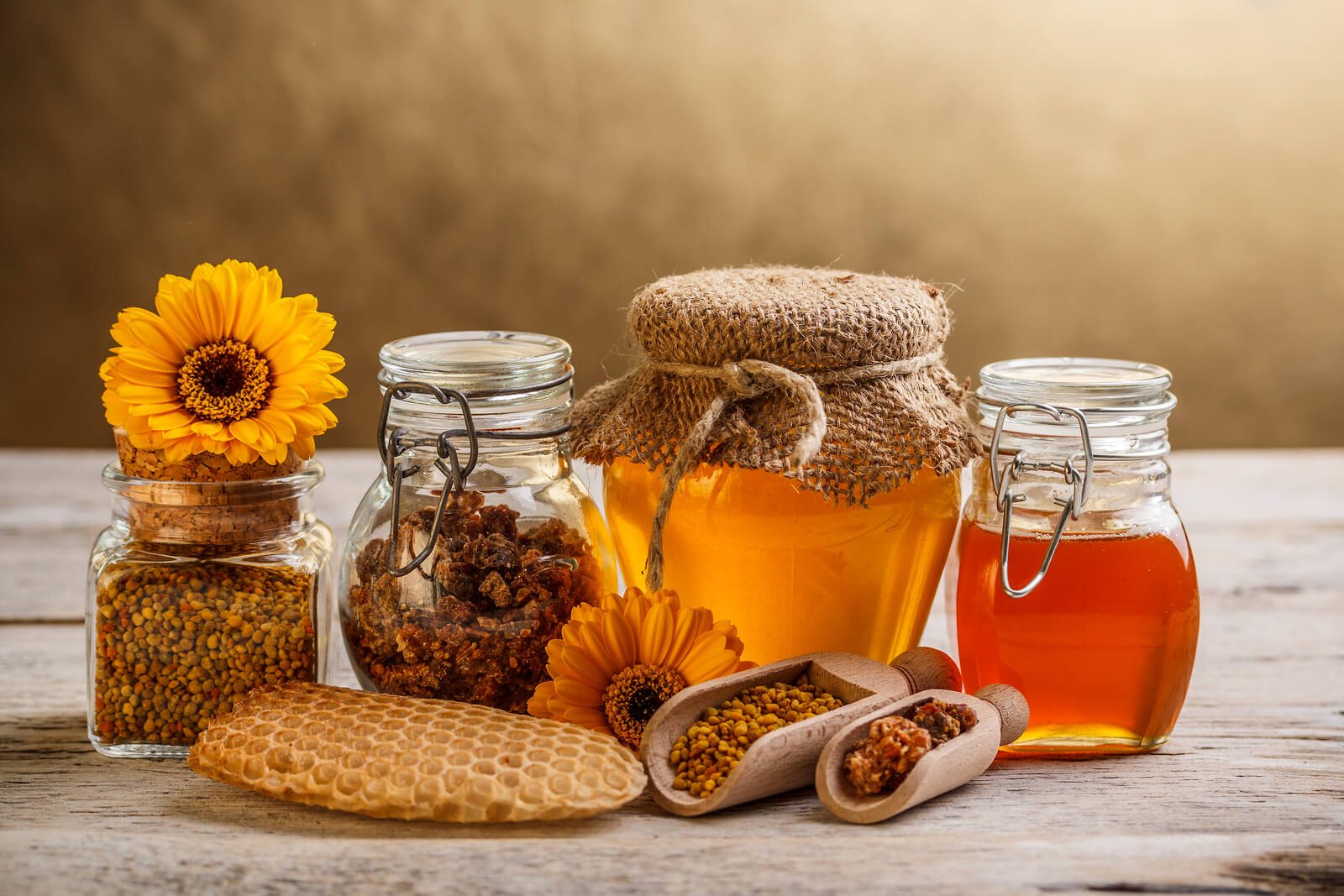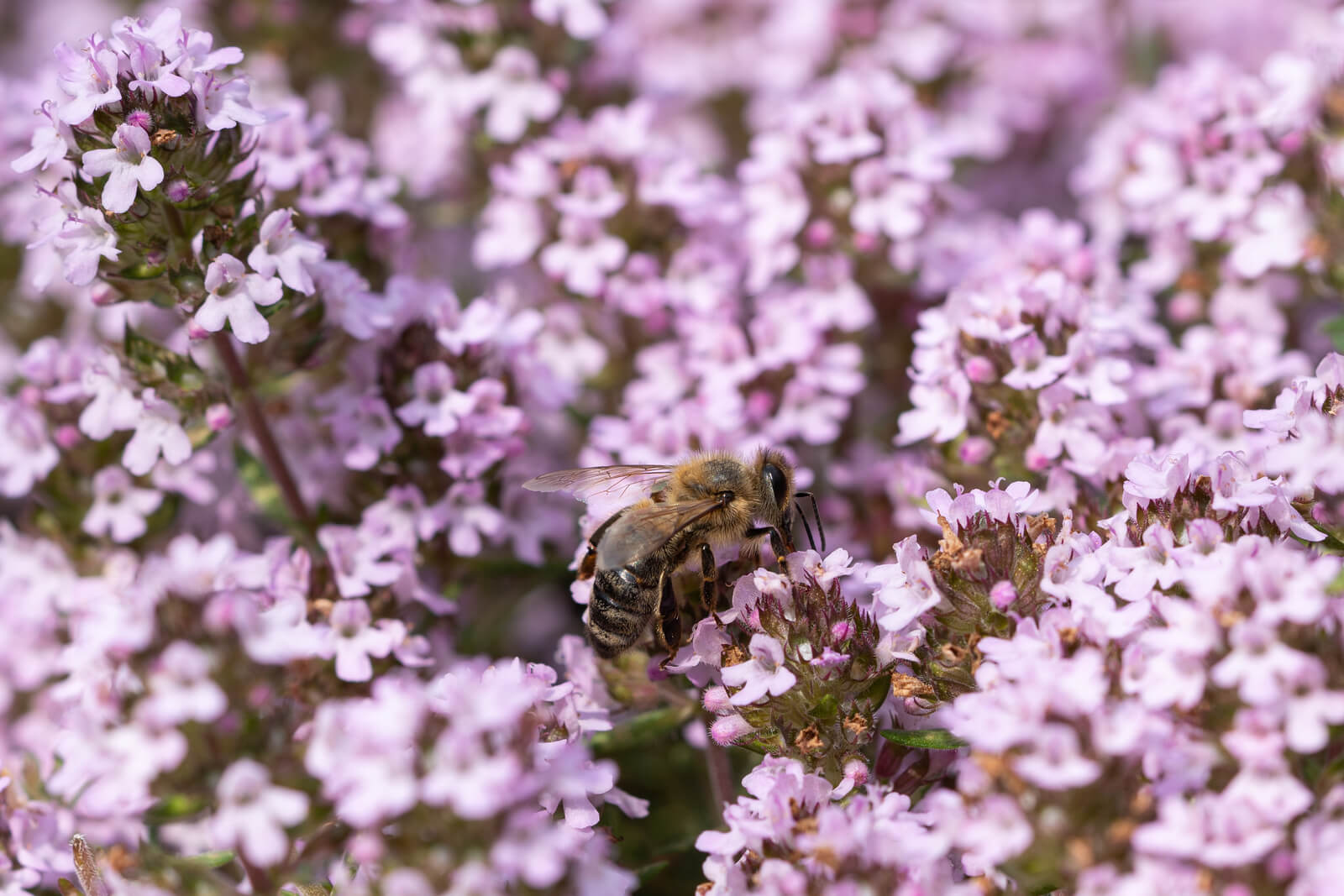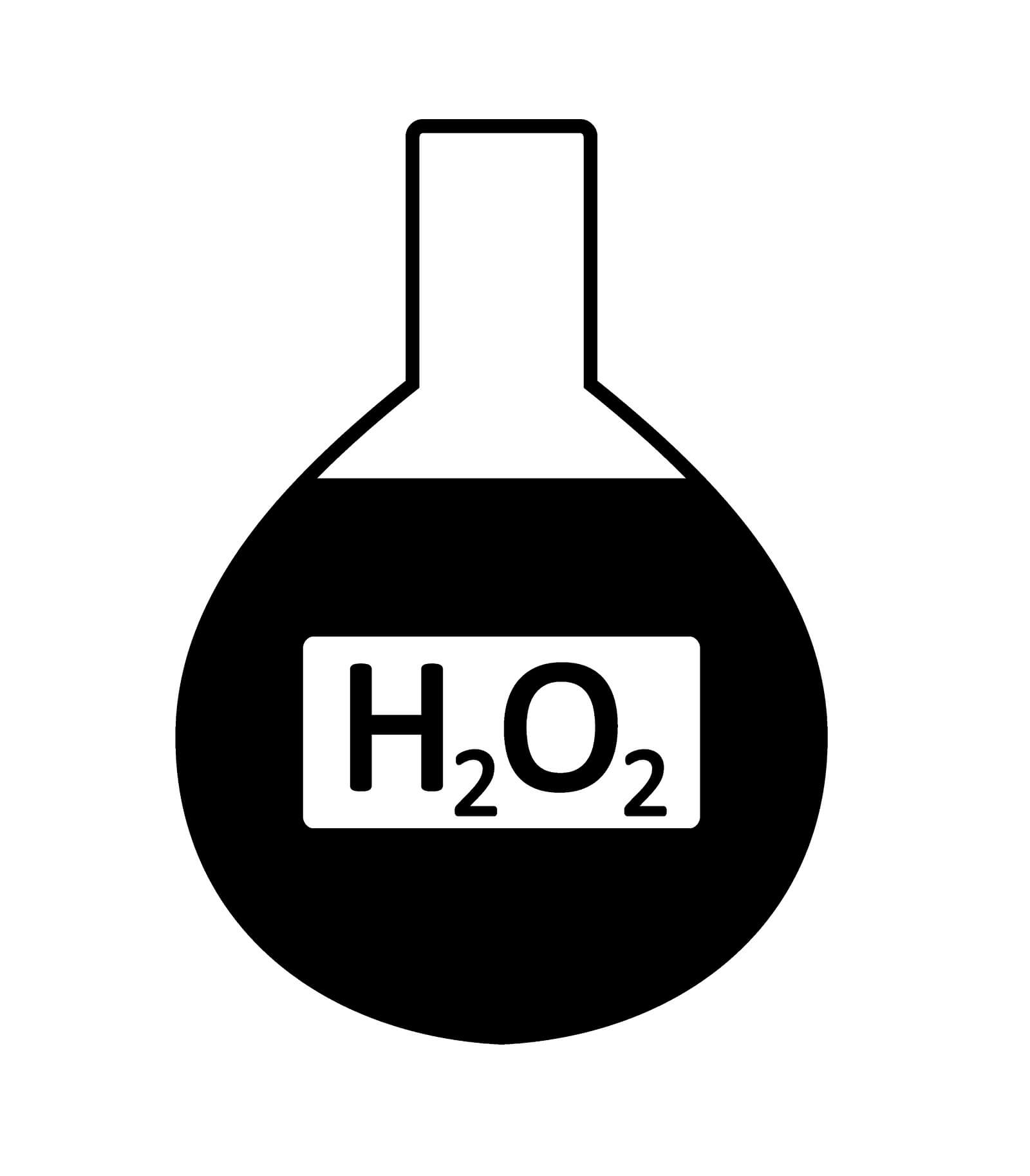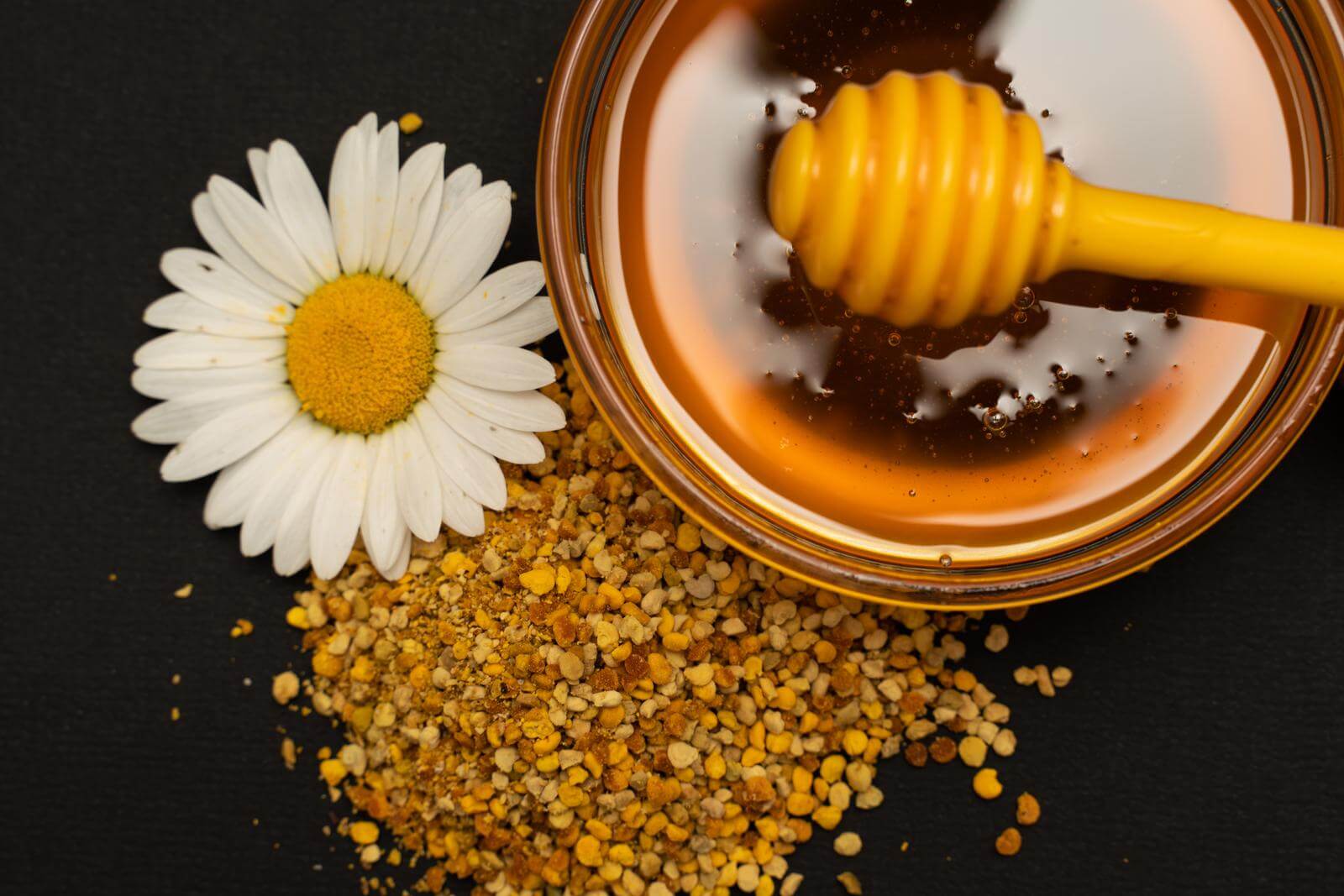See all "Honey" Section Topics

So can you really use honey for yeast infections? Yes you certainly can! A honey yeast infection cure will work well. You can also mix honey with other antifungal herbs to strengthen the effect. In this section of the site, you will learn several different herbs you can use with honey; and, this entire site is full of natural strategies to cure a yeast infection. So after you are done learning about how to use honey; consider checking out some other facts on this site to create a dynamic, natural, and safe treatment plan!
Why Honey will Cure a Yeast Infection

The primary reason why honey will get rid of a yeast infection is due to its high sugar content. Just as candying foods will preserve them, bacteria and fungus can be inhibited by high concentrations of sugar. Honey has a very high osmolarity (high degree of solute particles that are present in the solvent; this ratio is known as osmolarity), thus it is packed full of various types of sugar. This is perhaps the major reason why honey has scientifically proven antimicrobial properties and makes an excellent wound dressing. Lastly, honey has a low pH; and Candida does not like low pH environments.
One study seems to have proved that high levels of sugar alone is enough to stop yeast infections. The study demonstrating this was published in the journal of Medical Mycology [(2006) 44 (3): 289-291]. Several different types of honey were used, one type being an artificial honey. The study applied honey to several different strains of Candida and found that they all inhibited the growth of these pathogens. But, the natural honeys were superior at stopping the yeast studied than the artificial honey; this is likely a result of the natural chemicals from the plants the honey was derived from.
Several different strains of Candida were studied; included species were: C. albicans, C. glabrata, C. dubliniensis. C. glabrata was the most resistant to honey, and C. dubliniensis was the most susceptible to honey. Yet, at appropriate concentrations, all honeys stopped these yeasts. The study concluded by stating that using 100% honey topically would deliver much more honey than was needed to inhibit the growth of these yeasts (as demonstrated by the minimum inhibiting concentration; i.e., MIC). Thus, applying honey to the skin or using it in the vagina will be very effective. The study states:
A pilot study by English et al. found a significant reduction in mean plaque scores and bleeding sites in patients given a chewable ‘honey leather’; this same technique could be applied for the treatment of oral candidiasis. At other body sites, regular application of 100% honey would maintain a concentration well above the desired MIC. Honey could also be incorporated into a pessary for the treatment of vaginal candidiasis. http://dx.doi.org/10.1080/13693780500417037
A 1/2 Day & Yeast is Gone!
Linda Allen suffered from yeast infections for years. Through researching natural medicine & Candida, she found an efficacious solution!
Linda is one expert you want on your side! Let her show you how to get rid of a superficial yeast infection in just 12 hours; AND, keep it gone!
A 60-day, 100% money back guarantee is provided.
Visit Official Site!Natural Honey Containing Plant Chemicals

The flowers that produce the nectar gathered by bees certainly influences the ability of honey to stop a yeast infection. Some types of honey will perform less efficaciously than other honeys; this is all dependent upon what type of plant the nectar is gathered from.
One study illustrated this difference in honey’s antifungal activity very well. The study was published in Medical Mycology [(2009) 47 (7): 707-712]. The study related that honey contains polyphenols (an organic chemical that contains many phenols; a phenol is an aromatic organic compound, also known as carbolic acid) and flavonoids (a class of plant metabolites that may help physiologically via cell signalling pathways and antioxidant effects), and that these chemicals are major factors for biological effects; e.g., antifungal activity.
The study in Medical Mycology used several different types of honey; each being produced from different types of flora. Each honey was collected by professional beekeepers from the country Turkey. The honeys used in the study were the following:
- Rhododendron (Rhododendron ponticum L.) from Rize (Black Sea Region)
- Eucalyptus (Eucalyptus camaldulensis) from Mersin (South Anatolia)
- Orange Trees (Citrus spp.) from Mersin (South Anatolia)
- Multifloral (Thymus spp., Astragalus spp.,Brassica spp.) from Erzurum (East Anatolia)
The study also used many different species and strains of Candida yeast and Trichosporon yeast. All in all, 40 different types of yeast organisms were tested in the study; hence, it should be very relevant to the type of yeast that is causing your infection. The species of Candida that were studied included: C. albicans, C. krusei, and C. glabrata.
The best of the honeys for fighting off Candida was multifloral honey. The study noticed very significant differences in anti-Candida activity between honeys. The worst performing of the honeys was orange honey. The study cites another research paper and states that orange honey typically has the lowest amounts of phenolic derivatives in it. This lack of phytochemicals in the orange honey could be the primary reason why it was less effective. Despite the variety of honey, all honeys did inhibit all the fungi tested—just more honey was needed to achieve the desired Candida stopping effect.
Since the multi floral honey was collected from some varieties of the herb thyme, it could very well be that thyme honey would also be very good at stopping yeast infections. Thyme essential oil has very strong antifungal capabilities (read more about thyme essential oil for Candida). The efficacy of the honeys from strongest to weakest was shown to be the following: multifloral > rhododendron > eucalyptus > orange.
Since artificial honey will even stop Candida, you could try to simulate the natural chemicals of real honey by adding some essential oil to your honey before you use it. This could be a great way to get rid of a vaginal yeast infection naturally!
Eliminate Bacterial Vaginosis & Vaginal Odor
Jennifer O’Brien is one prominent expert on BV that knows how to get rid of vaginal odor. BV is a common infection that you don’t have to put up with.
Jennifer will show you how to naturally eliminate vaginal odor in just 3 days.
A 60-day, 100% money back guarantee is provided.
Visit Official Site!Hydrogen Peroxide in Honey; Good for Candida Infections?

If you’ve done some looking around online for advice on honey that produces hydrogen peroxide you may have heard that this will help your yeast infection. A regular 3% hydrogen peroxide can kill Candida; however, very small concentrations of hydrogen peroxide may stimulate Candida to grow.
An exception may be Candida glabrata. C. glabrata may be more sensitive to hydrogen peroxide; and, thus may not be stimulated to grow more by very small amounts of hydrogen peroxide. However, as you may have learned in other places on this site, C. glabrata is the cause of a very small minority of Candida infections. About 5% of all Candida infections are caused by C. glabrata. About 80% of Candida infections are the result of the most pathogenic species: C. albicans (Clinical Microbiology Reviews [1999 Jan; 12(1): 80–96]).
The study that proves hydrogen peroxide can promote the development of Candida albicans was published in the Journal of Clinical Microbiology [1991 Feb; 29(2): 328–332]. The study reported that Candida albicans grew better in the presence of hydrogen peroxide. Nearly all natural honey will produce some hydrogen peroxide when it comes in contact with body fluids. This amount of hydrogen peroxide produced may not have much of an effect on yeast growth, if it is too small. But, you may want to consider using a honey that doesn’t produce any hydrogen peroxide. An example of non-hydrogen peroxide honey is manuka honey (read more about manuka honey and Candida).
Clair Goodall: Author & Nature Lover
Clair Goodall is a bee-obsessed natural medicine convert from Minnesota. She is one expert you might want to know more about!
Clair will help you protect you and your family from toxic products and chemicals and help you discover solutions from nature.
Also, Clair’s book is backed by a 60-day, 100% money back guarantee
Visit Official Site!Conclusion

All in all, honey is a very good natural remedy for yeast infections. It is all natural, safe, and can be acquired easily. Even artificial honey will work; albeit not as well as natural honey. If you can’t seem to easily find a multifloral honey to use, just try adding antifungal herbs or essential oils (oils and herbs that are safe to use where you infection is) to your honey to give it the boost of phytochemicals it lacks.
Hydrogen peroxide production of honey is something you may not have to really worry about. But, if you want a honey that does not produce this chemical, you can always use a non-hydrogen peroxide honey like manuka honey.
This site is full of herbs and essential oils that work well to treat a yeast infection. If you’ve got the time, check out some of the pages on these natural cures and start mixing them in honey! You should be able to develop a great comprehensive treatment plan to totally wipe out the yeast that is overgrowing in your body with a little reading!
A Natural, 12 Hour Yeast Infection Cure

According to a research paper published in Clinical Microbiology Reviews [12.1 (1999): 80-96], Candida species are quite ubiquitous organisms. Candida are most frequently present in the mouth; and, live in 31% to 55% of healthy people. The species that causes approximately 70% to 80% of all Candida infections is C. albicans.
The Chinese Journal of Obstetrics and Gynecology [2011 Jul;46(7):496] reports there appears to be a correlation between intestinal Candida infections and vaginal yeast infections. And, this provides a clue, as to why yeast infections in general, can reoccur.
This study states, in 148 cases of vaginal candida infections, 33.1% of the women were infected in both the intestines and vaginal area. The recurrence rate of yeast infections, in women with simultaneous intestinal infection, was significantly higher than for women who did not have an intestinal infection. This study concluded that vaginal yeast infections are highly associated with simultaneous intestinal Candida infection.
As research appears to indicate, systemic Candida infections can and do happen. A more systemic Candida infection may primarily get a foothold in the intestines; and cause a wide array of problems. If your yeast infections keep happening, a systemic Candida problem may be why.
One woman who suffered from a systemic Candida infection, for about 12 years, was Linda Allen. The systemic Candida infection that attacked Linda caused a wide range of health problems in addition to yeast infections. Some of these problems, Linda describes in her own words in the following quote:
To be honest, it was hard to pinpoint exactly what was wrong: I wasn’t really sick, but I wasn’t really well either. I had listlessness, fatigue, brain fog, stomach ailments, unexplained rashes, skin infections, and so on. It seemed like every day brought a new challenge.
My energy was sapped and I felt exhausted, which affected my grades and put a big dent in my social life.
Linda Allen’s symptoms included an embarrassing vaginal discharge, severe itching, and burning sensations. Her infections were difficult to deal with, and Linda’s health problems cost her financially as well. Linda states these infections of Candida can become excruciating when they happen as frequently as a menstrual period.
Yet, Linda spent a great deal of time in research; and even questioned health professionals who were kind enough to share some time with her. Linda even tried an array of purported "cures." Although it took a while, eventually, Linda put together a natural treatment plan she hoped would solve her Candida situation.
After spending about a year refining her new approach, Linda tried her system on herself. It worked amazingly well. Linda even returned to a few medical doctors to get tested for the presence of infections. These tests revealed all indicators of infection had vanished! Linda was indeed well again, after such a long, difficult journey.
Linda has since published a book detailing how to copy her success. She also includes a 12 hour yeast infection cure that can get rid of a superficial (such as a genital yeast infection or oral thrush) yeast infection in about 12 hours.
Linda’s publisher protects those who get her book with a 60 day, 100% money back guarantee. Linda’s publisher, a subsidiary of the United States based firm Keynetics Incorporated, is a reputable digital retailer that has been around for a long time. They have great customer service, and make getting a full refund on Linda’s book quick and easy. If you’re not satisfied, you can quickly get all your money back.
If you would like to learn more about Linda’s journey to freedom from Candida, see reviews of others who tried her natural system, or find out more about her efficacious book; you can find more information at Linda Allen’s website.
Author: Mr. Nicholas Gross

Nick Gross is a natural medicine enthusiast who has been researching and writing about natural medicine since 2008. Nick is primarily a web developer but also researches and authors written and video content about natural health. Nick has a bachelor’s degree in Management Information Systems from the University of Northern Iowa.
Disclaimer
The information on this website is not a prescription for anyone. This information is for informational or educational purposes only, and is not a substitute for professional medical advice or consultations with healthcare professionals.
Affiliate Disclosure
Some of the links provided on this website are affiliate links. When a purchase is made through these links, Candida Hub earns money from commission. This helps to keep the website up and helpful to people for free. Thank you for any support!
Stay Up to Date
If you enjoyed this article, consider following / liking our Facebook page. This page is primarily utilized to alert followers of new articles that are put on Candida Hub. Candida related news is also discussed. While you are there, you can see what has been more recently added to Candida Hub.
SOURCES:
- https://dx.doi.org/10.1080/13693780500417037 — Honey has an antifungal effect against Candida species. Medical Mycology, 2006, Vol. 44, No. 3 : Pages 289-291 ( link to full text: http://mmy.oxfordjournals.org/content/44/3/289.full )
- https://dx.doi.org/10.3109/13693780802572554 — Antifungal Activity of Turkish Honey againstCandida spp. and Trichosporon spp: an in vitro evaluation. Medical Mycology (2009) 47 (7): 707-712
- http://www.ncbi.nlm.nih.gov/pmc/articles/PMC88907/ — Candida glabrata: Review of Epidemiology, Pathogenesis, and Clinical Disease with Comparison to C. albicans. Clinical Microbiology Reviews [1999 Jan; 12(1): 80–96]
- http://www.ncbi.nlm.nih.gov/pmc/articles/PMC269762/ — Effect of hydrogen peroxide on growth of Candida, Cryptococcus, and other yeasts in simulated blood culture bottles. Journal of Clinical Microbiology (1991 Feb; 29(2): 328–332)
- https://pubmed.ncbi.nlm.nih.gov/22041440/ -- Lin XL, Li Z, Zuo XL. "Study on the relationship between vaginal and intestinal candida in patients with vulvovaginal candidiasis." Chinese Journal of Obstetrics and Gynecology (Zhonghua fu chan ke za zhi). [2011 Jul;46(7):496].







